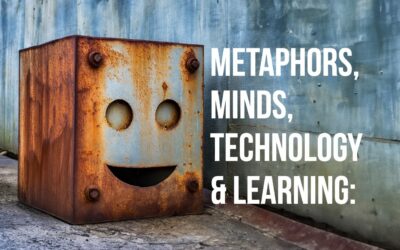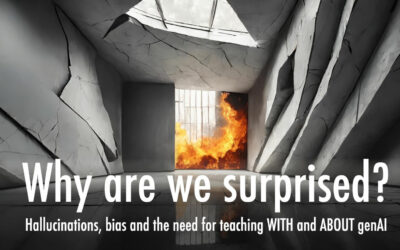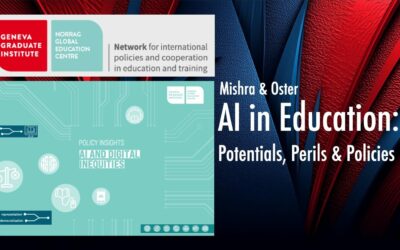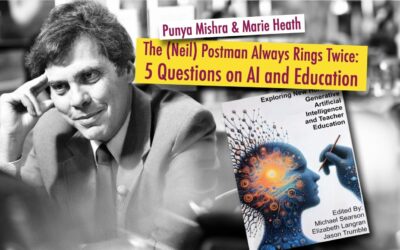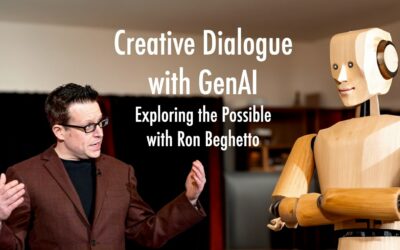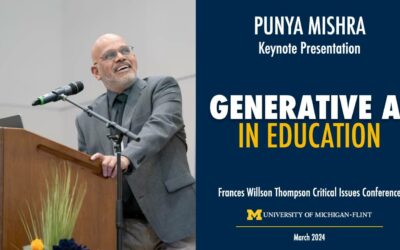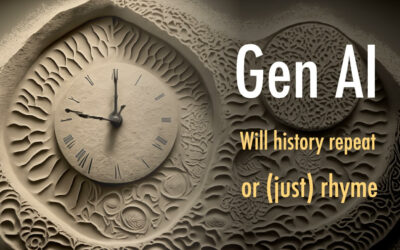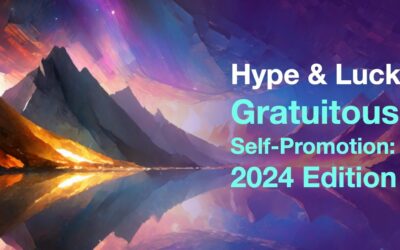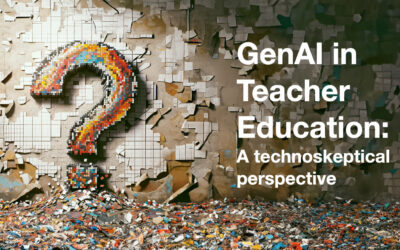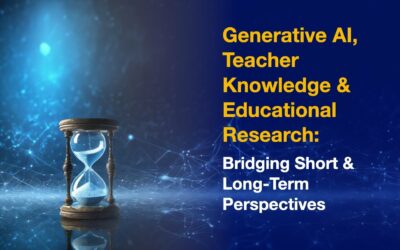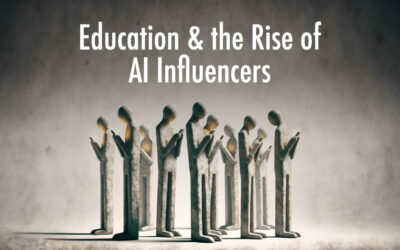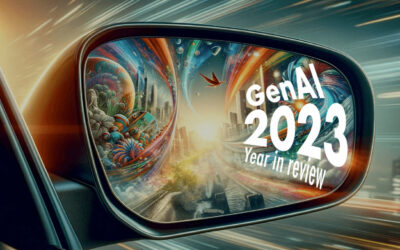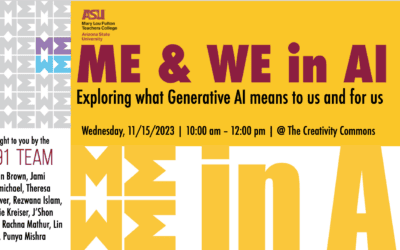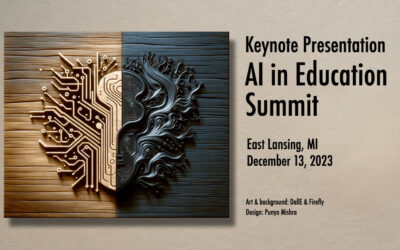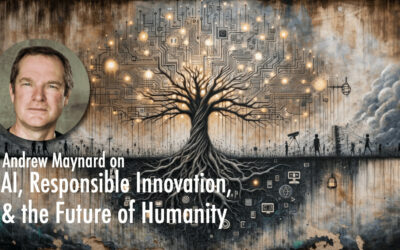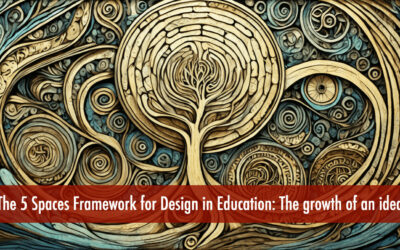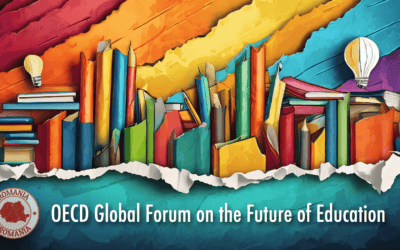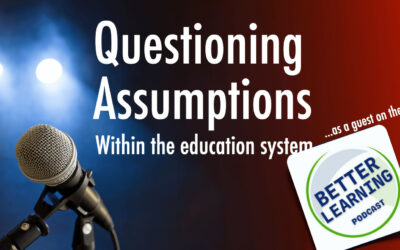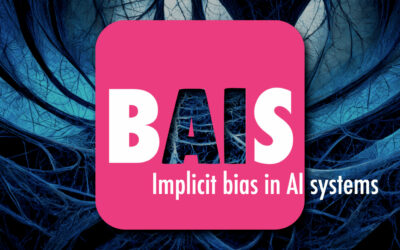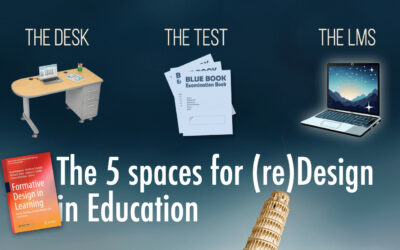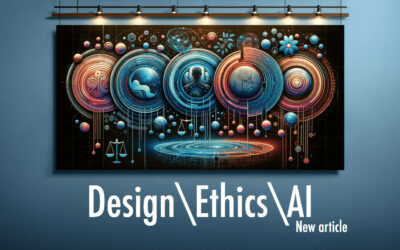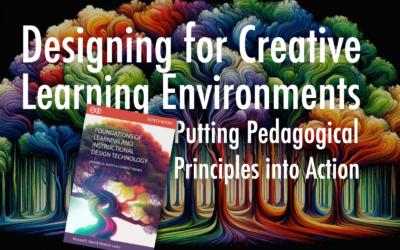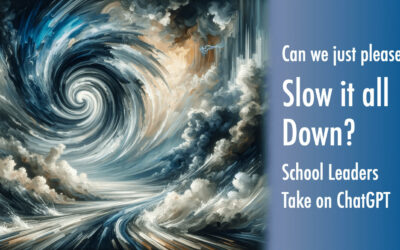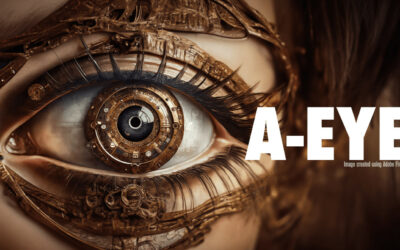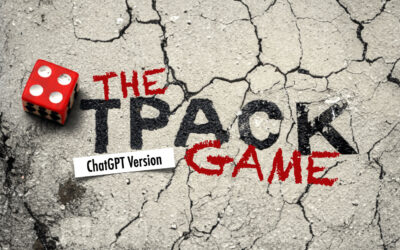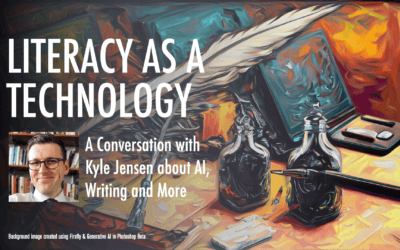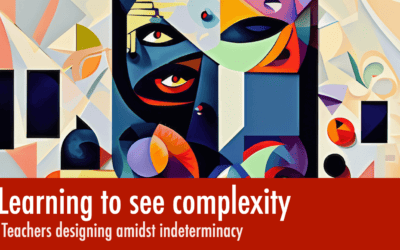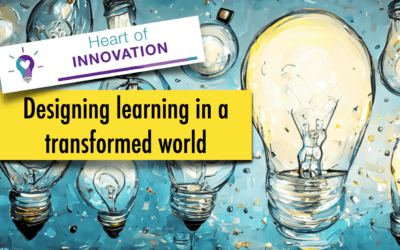Note: The shared blogging experiment with Melissa Warr and Nicole Oster continues. This time we delve into metaphors of the mind, technology and generative AI. The core idea and first draft came from Melissa, to which I contributed a substantial rewrite. The final...
Who speaks for the university? Social fiction as a lens for reimagining higher education futures
Note: Image above created using Adobe Firefly, Photoshop and composed in Keynote. A few years ago, I had the pleasure of connecting with author Dr. Phoebe Wagner through the Center for Science and the Imagination at Arizona State University. We discussed her...
Why are we surprised? Hallucinations, bias and the need for teaching with and about genAI
By Punya Mishra, Melissa Warr & Nicole Oster Note: This is the first post in an experiment at shared blogging by Melissa Warr, Nicole Oster and myself. Over the past months we have found ourselves engaged in some fascinating conversations around genAI, education,...
SITE 2024: A recap
The Society for Information Technology in Teacher Education (SITE) conference has been an integral part of my professional journey for over two decades. My first presentation at SITE was back in 2001 with Matt Koehler and through the years, SITE has played a pivotal...
AI in Education: Potentials, Perils & Policies
NORRAG, based at the Geneva Graduate Institute, is a global network focused on international education policy and cooperation, known for its commitment to addressing under-researched topics related to education quality and equity and amplifying voices from the Global...
The (Neil) Postman Always Rings Twice: 5 Questions on AI and Education
Note: This post has also been cross-posted on the Civics of Technology blog. Marie Heath (with whom I recently co-wrote a blog post about GenAI in Teacher Education: A techno-skeptical perspective) and I were invited to write a chapter for an edited volume titled...
Creative dialogue with Generative AI: Exploring the Possible with Ron Beghetto
As part of our ongoing series for the journal TechTrends exploring the intersections of technology, education, and creativity, we have recently turned our focus to the potential impacts of generative AI (GenAI) on these domains. Our latest article features a...
Generative AI in Education: Keynote at UofM-Flint
A couple of weeks ago I was invited to give a keynote at the Frances Willson Thompson Critical Issues Conference on Generative AI in Education. It was great to go back to Michigan even if for a super short trip. One of the pleasures of the visit was catching up with...
Generative AI: Will history repeat or (just) rhyme
As generative AI continues to reshape our world, we're faced with a crucial question: Will we repeat the mistakes we made with previous technologies or will this time be something different? George Santayana famously warned, "Those who cannot remember the past are...
Hype & Luck: Gratuitous Self-Promotion (2024 Edition)
It is natural, if you have been working in a field for a while, and have been somewhat successful, that some accolades will come your way, just by dint of being around long enough. As Bing Chat wrote, when asked to create a funny, self-deprecating profile of me in the...
GenAI in Teacher Education: A Technoskeptical Perspective
Image created using Adobe Firefly & Adobe Photoshop, composed in Keynote by Punya Mishra By Marie K. Heath and Punya Mishra Hello! This is a cross-blog post between Punya Mishra’s blog, where he plays with ideas of learning, technology, design and creativity...
Generative AI, Teacher Knowledge and Educational Research: Bridging Short- and Long-Term Perspectives.
I am pleased to share our latest article in our ongoing column series for TechTrends on the topics of technology creativity and education. Over the past few months we have focused on generative AI, through conversations with thought leaders such as Chris Dede...
Education & the Rise of AI Influencers
I have been thinking hard about the nature of generative AI, what sets it apart from other technologies that have come in the past. It seems to me there are two key factors. The first is its ability to engage in dialogue, in natural language and the second are its...
GenAI 2023: Year in Review
A week or so ago I was joined by friends Sean Leahy, Rachna Mathur and Kellie Kreiser on the Learning Futures Podcast. The topic: looking back on a crazy, dynamic, transformative year of generative AI. As is to be expected, we covered a lot of ground in the...
Me & We in AI
What does generative AI mean to me? And to us? These key questions were part of a special exhibit curated by students in the DCI 691: Education by Design course I taught this fall. Education by Design is my favorite class to teach. It is a course about design—design...
Keynote Presentation: AI in Education Summit
Note: The image above is the result of a two-stage creative process—done in collaboration with AI. Dall-E was tasked, over multiple iterations, to craft a woodcut-style image, to abstractly capture the idea of AI and education, with dark and light motifs, aiming to...
Andrew Maynard on AI, Responsible Innovation & The Future of Humanity
Welcome once again to our ongoing column series where we delve into the intersection of technology, creativity, and education. Our conversations with authorities such as Chris Dede (Harvard), Ethan Mollick (Wharton), and Kyle Jensen (ASU) have centered around the...
The 5 Spaces Framework for Design in Education: The growth of an idea
The Five Spaces for Design in Education framework argues that design in education happens in 5 interrelated spaces: artifacts, processes, experiences, systems and culture. We have typically represented this as follows. Over the past years we have published and...
OECD Global Forum on the Future of Education: Bucharest, Romania
I have been in Bucharest for the past few days participating in the OECD Global Forum on the Future of Education. It has been great fun, meeting lots of new people, developing frameworks around AI and education and more. A few resources and photographs from the...
Questioning Assumptions: Podcast episode
I was recently invited as a guest on the Better Learning Podcast. I had a great conversation with the host, Kevin Stoller (and boy does he have a voice designed for audio!). Turns out that we both went to Miami University, though our paths didn't overlap or intersect....
BAIS: Implicit Bias in AI systems
I don't usually post about articles written by other people (however much I may like the study or the authors) but I am making an exception this time - mainly because I believe that this is a critically important piece of research that deserves wider recognition. In...
The Desk, the Test, the LMS: The 5 Spaces for (re)Design in Education
What do a teacher's desk, the PISA test and Learning Management Systems (LMS) have in common. Apart from being educational technologies, they are also the heart of a book chapter that Melissa Warr, Kevin Close and I just published in a book titled Formative Design in...
Design\Ethics\AI
Technologies like remote proctoring software and advanced language models are no longer futuristic concepts. They're here, and they're reshaping how we learn and how we teach. But with these advancements come critical ethical considerations. The deployment of these...
Designing for Creative Learning Environments: New chapter
In 2017, Carmen Richardson and I co-authored a paper (Richardson & Mishra, 2017) introducing SCALE: Support of Creativity in Learning Environment: SCALE, a tool created to evaluate how well educational settings foster student creativity. Unlike formal evaluation...
Can we please slow it all down? School leaders take on ChatGPT (new article)
We have, over the past months, explored a range of issues related to generative AI, education, and creativity in our column series, for TechTrends, with the goal of fostering dialogue among stakeholders—students, parents, educators, and policymakers—to ensure these...
A-EYE: When AI can see
AI can now see! And talk to you about what it sees! ChatGPT released its latest upgrade - the ability to not just create images but also to interpret them. I had been waiting for a while now to get access to these new vision features - and just this morning it popped...
The TPACK game: ChatGPT version
Back in the day, Matt Koehler and I had come up with a game to help teachers creatively explore the TPACK framework. There are some traces of this on this website (see here and here) but many of these links are dead. One that still exists is this YouTube video by Lisa...
Literacy as a Technology: A Conversation with Kyle Jensen about AI, Writing & More
Welcome back to our column series, exploring the nexus of technology, creativity, and education. We've spoken with experts like Chris Dede from Harvard and Ethan Mollick from Wharton, focusing on how AI is reshaping creativity and education. We're in a pivotal era of...
Learning to see complexity: Teachers designing amidst indeterminacy
Note: The image above was generated by Adobe Firefly and edited using Photoshop beta. Teaching is a profession steeped in complexity. This complexity manifests in various ways: the diverse skill sets, interests, and backgrounds students bring to the table; the...
Designing learning in a transformed world: Keynote
I was recently invited to present virtually at The Heart of Innovation Summer Summit, organized by the Heartland Area Education Agency in Iowa. The video of my talk can be seen below. Maybe my first serious keynote talk about generative AI and education. Enjoy...

